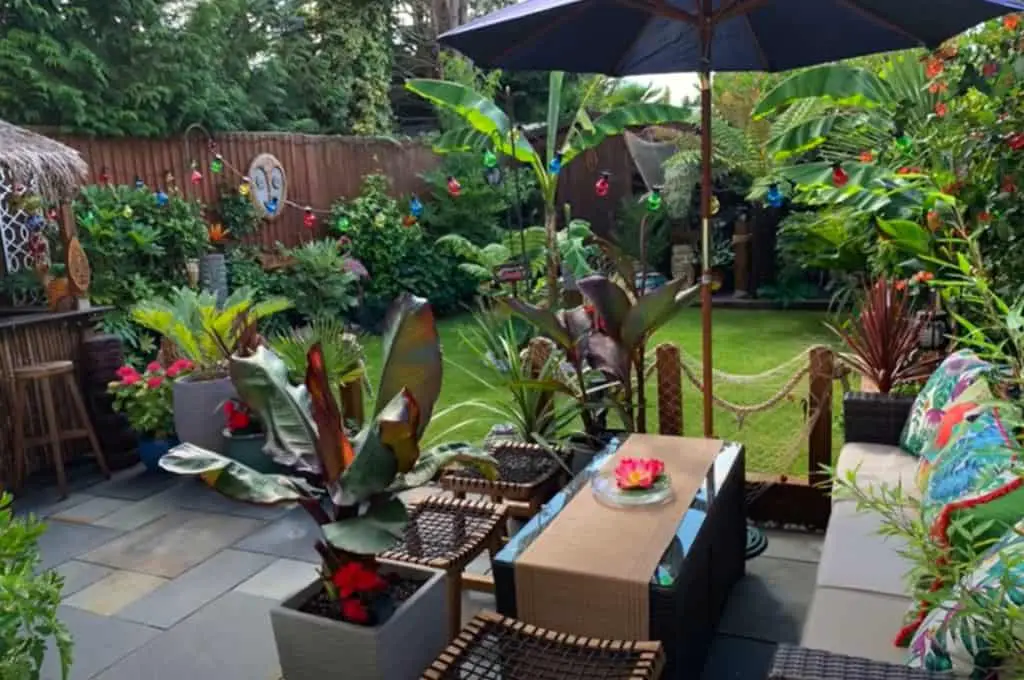Understanding Shapes and Spaces In Garden Design
It is best to start with the basic shapes on the ground for your plot: small gardens benefit from one simple shape; larger plots benefit from variations. Moreover, the final appearance of your plot is also determined by the way you have filled in the spaces between the shapes.
HOW TO USE SHAPES
When choosing a design with squares, rectangles, or circles, be sure to consider the nearby buildings, their shapes, and their locations. It is advisable to experiment with different garden layouts with the intention of seeing what works best for your living space, and how the garden will be used and seen. The creation of a circle or oval is more complicated and more expensive than building a shape that has straight sides.
RIGHT-ANGLED SHAPES
It provides an excellent method for dividing a garden into separate zones, enhancing the aesthetic value of your garden, and drawing inspiration from both long and short perspectives. An axis that runs straight down the centre of the garden will give the impression that the garden is longer; however, by creating a diagonal line, the appearance of the garden will be more eye-catching. Blocks running across the plot shorten the garden and draw the eye towards the sides, giving the impression that it is a wider space overall.
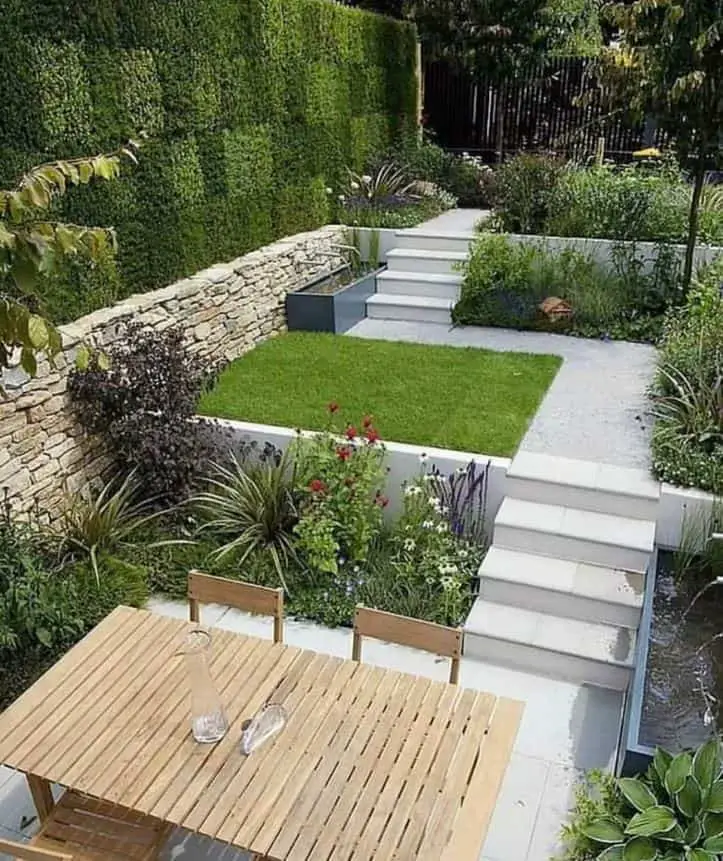
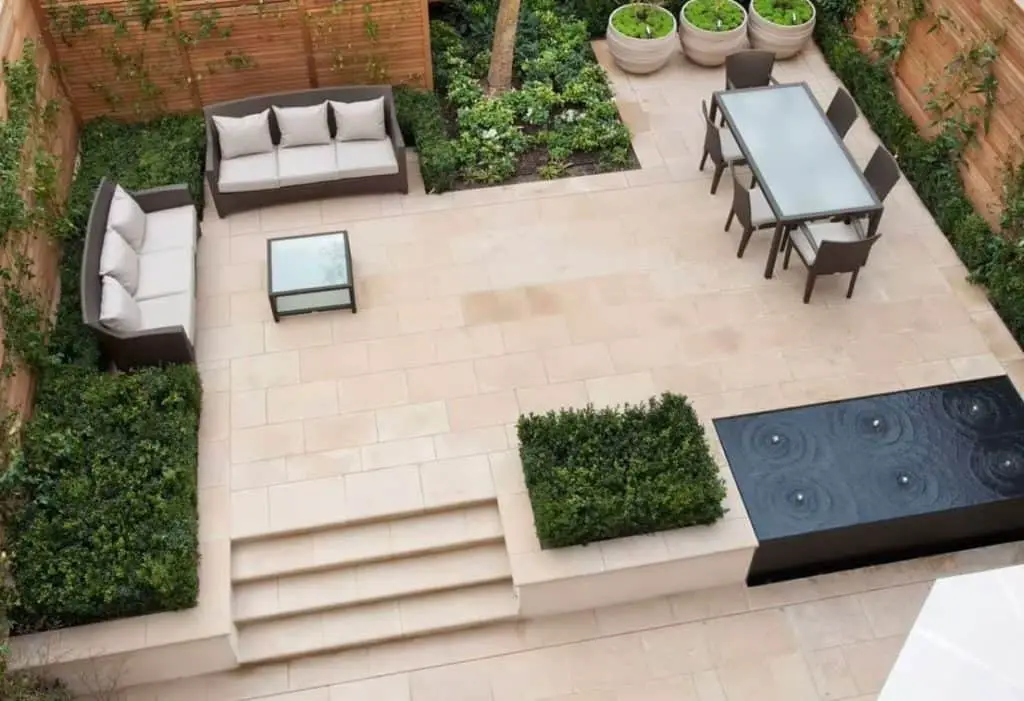
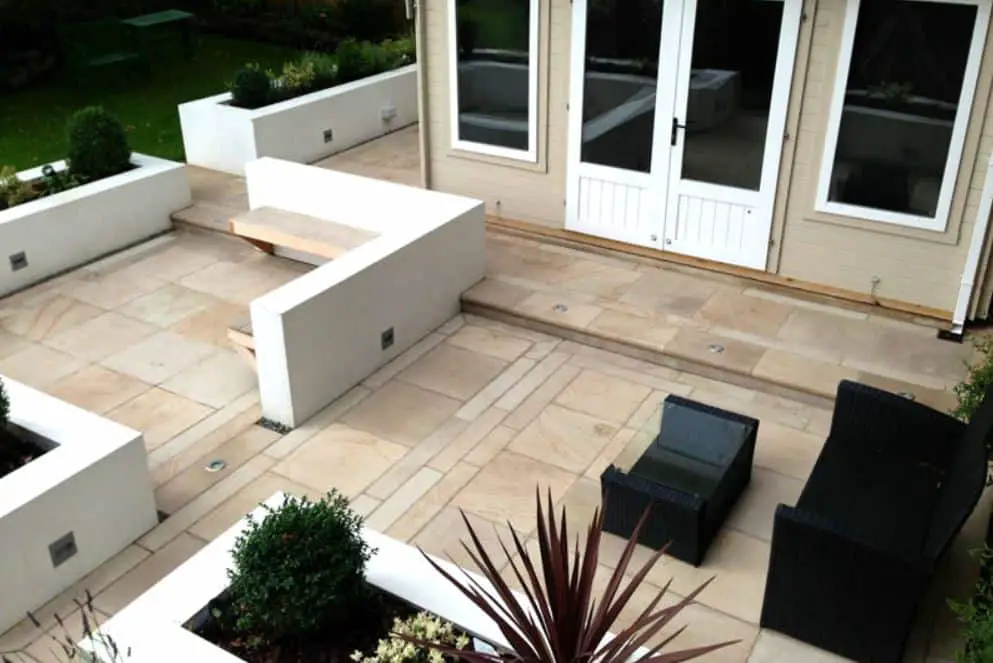
CIRCULAR SHAPES
Although circles are an ideal unifying shape and by combining them, one can create pleasing effects, they can sometimes lead to awkward, pointed junctions, which make planting and designating difficult. Ensure that your design is balanced by following geometric principles; for example, you should draw your path into the middle of the circle. This will result in looking out of balance if it is set away from the center. In terms of orientation and direction, ovals are defined by their long axes.

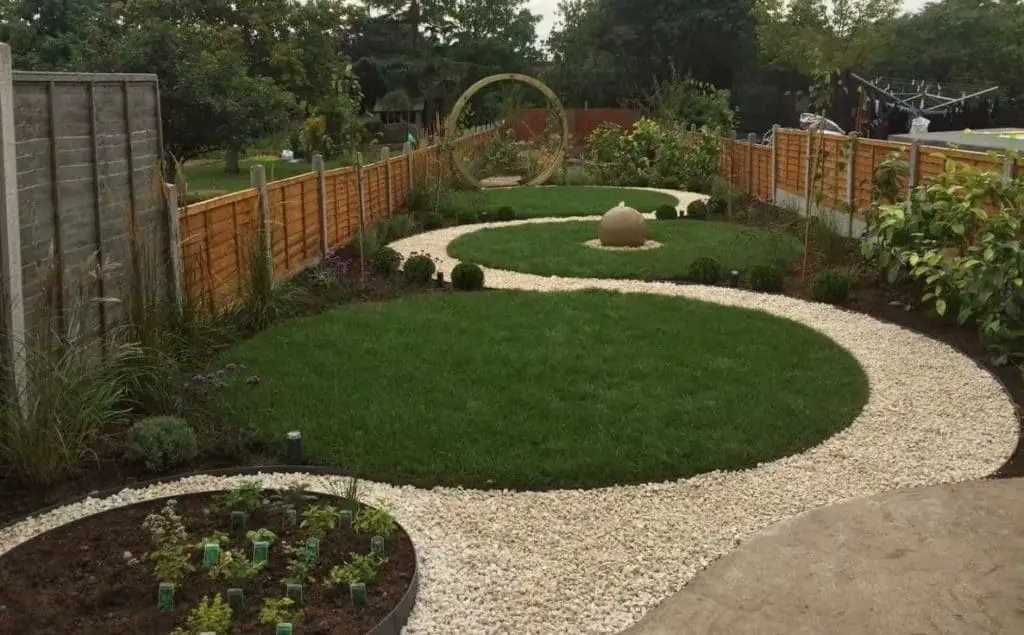
MIXING SHAPES
Blending different shapes creates an intriguing effect, but creates a problem when curved and rectangular shapes meet, or when different materials come into contact. Generally, you should keep the design simple and experiment with scale and proportions to determine the number of opposing forms you could fit into the layout. With plant design, the use of planting is often used to help “glue” together the shapes as well as blur the joint between these shapes.
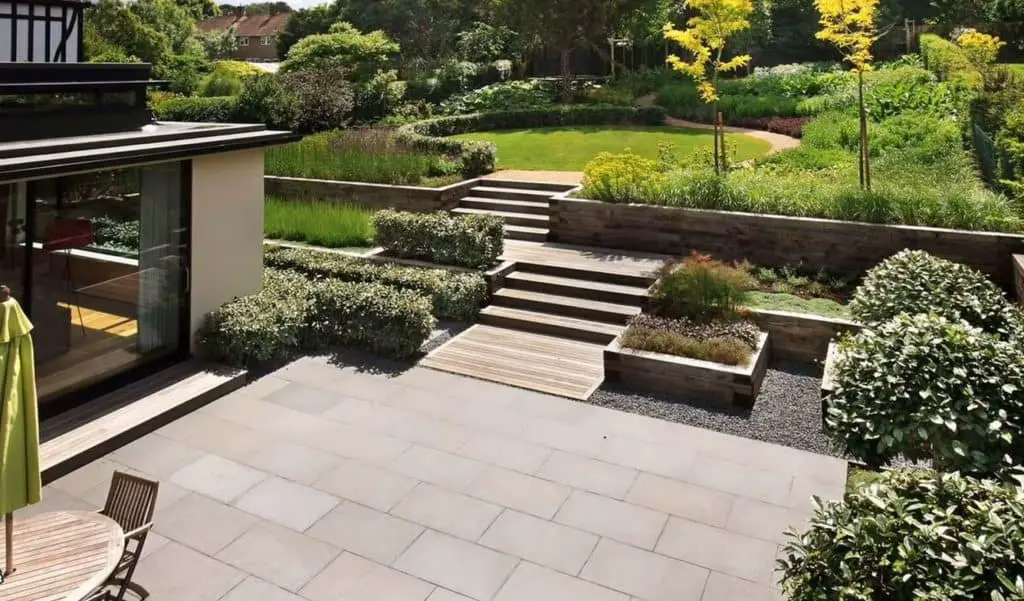
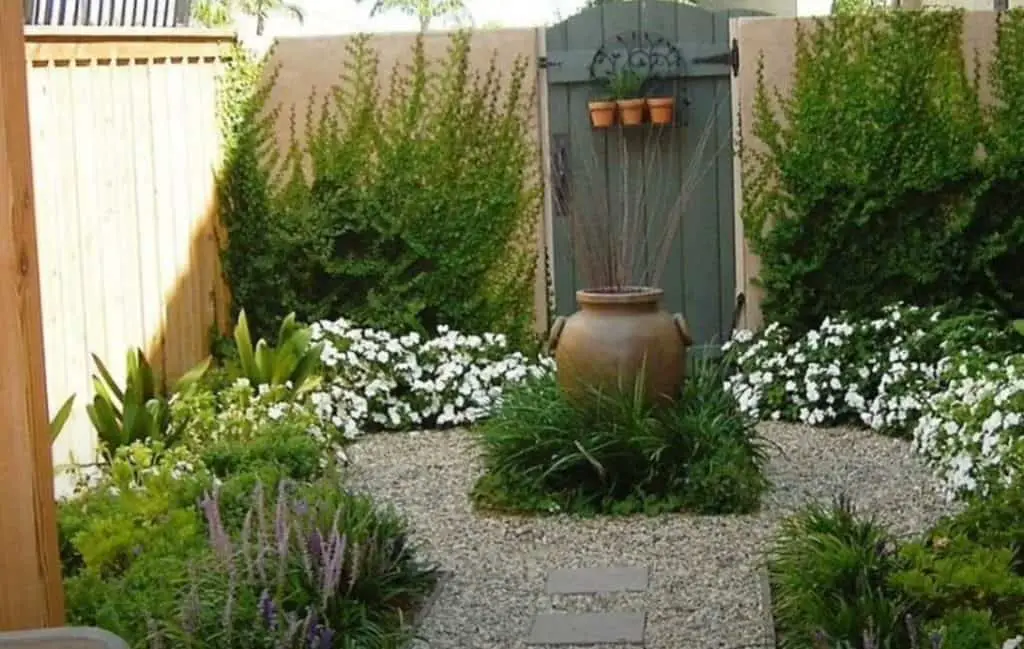
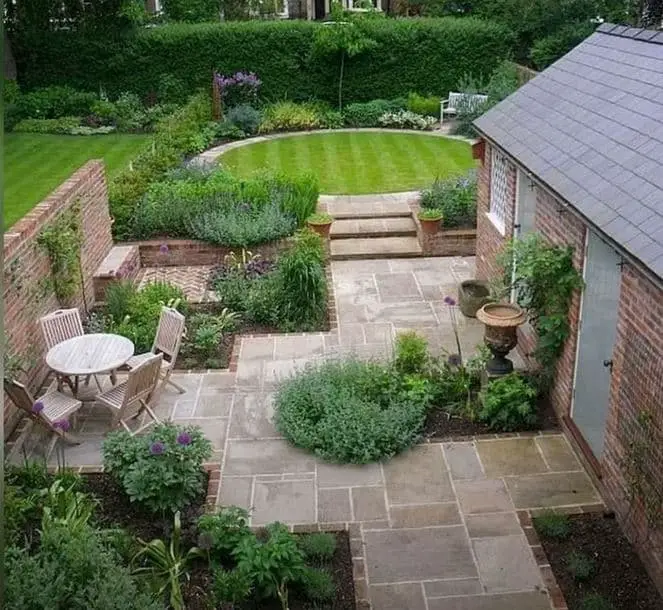
USING SPACES
Densely planted spaces, which use the height of the plants and fill the width of the area, create the feel of a cocoon. While airy planting within the garden borders would create the illusion that it is an open, spacious space. It is also possible to use spaces to disguise the size or shape of a garden if they are carefully planned. For instance, a jungle effect can serve to soften up the edges of a small garden and cause an impression of more space, whereas a clearly defined border on a small garden can lead to the impression of less space. On the other hand, large open spaces can be seamlessly integrated into a country garden’s lush surrounding landscape, so that the plot appears to be even larger than it is. In consideration of existing elements, such as plants and structures, it is very important to work in conjunction with them if you would like to create the best possible environment.
